Understanding the Pink Toe Tarantula Molting Process
Molting is a fundamental biological process for all arthropods, including pink toe tarantulas. It’s essentially how these creatures grow and replace their exoskeletons, which is a rigid outer shell. This exoskeleton doesn’t grow, so as the tarantula increases in size, it must shed the old one and form a new, larger one. This process is crucial for the tarantula’s health and development, allowing it to expand and maintain its overall well-being. The frequency of molting varies depending on the tarantula’s age, with younger tarantulas molting more often than adults. Understanding this process is vital for providing the proper care and ensuring the longevity of your pet.
What is Molting?
Molting, also known as ecdysis, is the shedding of the exoskeleton. Before molting, the tarantula begins to form a new, soft exoskeleton underneath the old one. The old exoskeleton then splits open, usually along the carapace (the top part of the cephalothorax) and the tarantula wriggles free. This is an incredibly vulnerable time for the tarantula because its new exoskeleton is soft and easily damaged. After molting, the tarantula will pump fluids into its new exoskeleton, allowing it to expand before it hardens. This process can take anywhere from a few hours to a few days, depending on the tarantula’s size and environmental conditions. The discarded exoskeleton contains a wealth of information, including a complete replica of the tarantula’s outer features, including any lost limbs.
Why Do Pink Toe Tarantulas Molt?
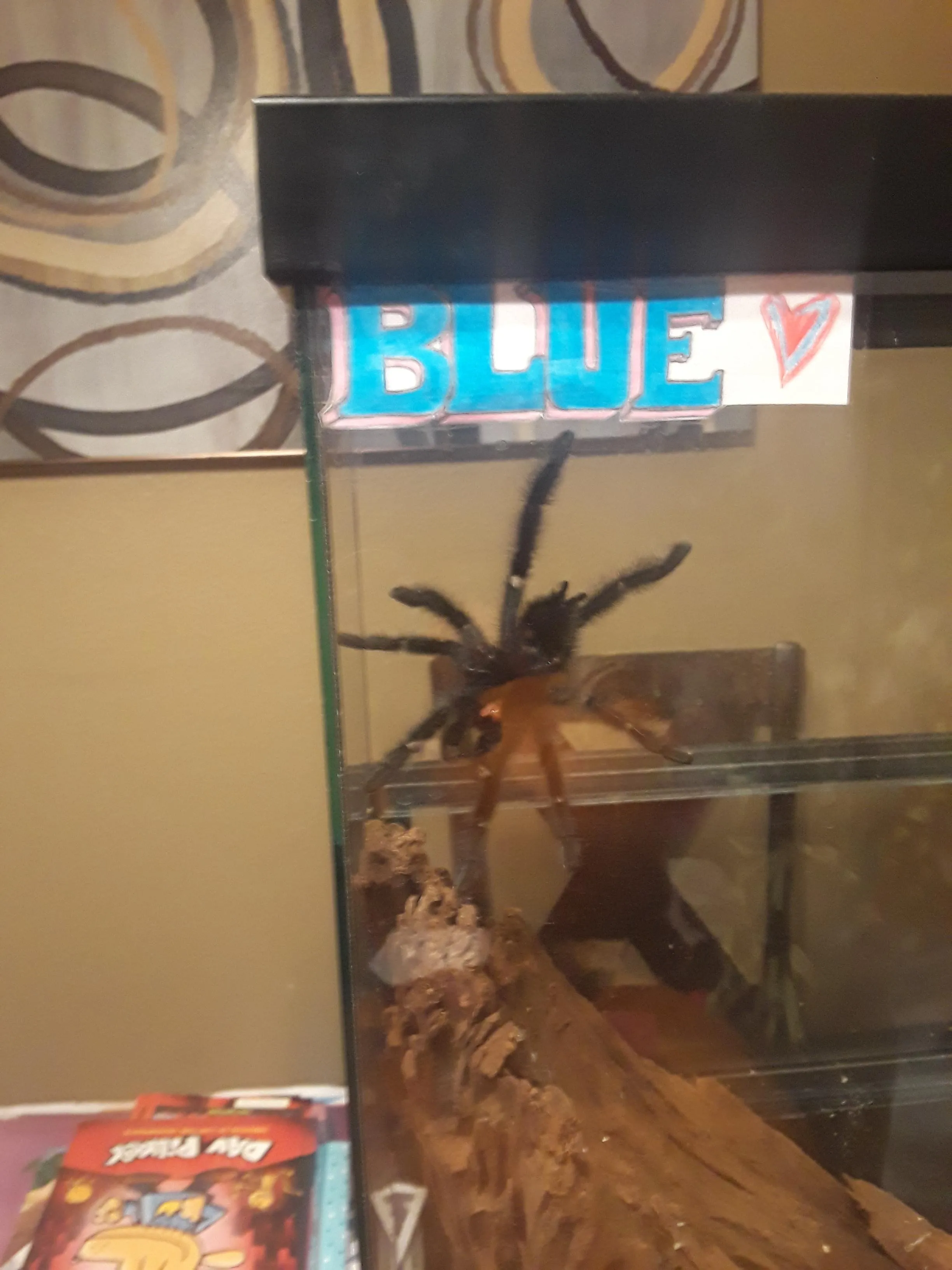
Pink toe tarantulas molt for several crucial reasons. The primary reason is growth; the exoskeleton doesn’t stretch, so molting allows the tarantula to increase in size. They also molt to replace damaged or worn exoskeletons. The old exoskeleton can accumulate parasites, debris, or simply wear down over time. Molting allows them to shed these and start fresh. Furthermore, molting also allows tarantulas to regenerate lost limbs. If a tarantula loses a leg or other appendage, it will regrow during the next molt. Finally, molting is essential for reproduction. It’s during this process that they also shed their internal structures, enabling them to mate successfully. It’s a complex and vital process for their survival and prosperity.
Signs Your Pink Toe Tarantula is About to Molt
Recognizing the signs that your pink toe tarantula is preparing to molt is crucial for providing proper care and minimizing stress. Knowing what to look for can help ensure a successful molt and protect your tarantula. Several behavioral and physical changes will indicate that molting is imminent. Careful observation and understanding of these indicators are key to being a good tarantula owner. Paying attention to these signs allows you to adjust the environment and care to support the tarantula through this vulnerable stage, ensuring their health and safety.
Changes in Appearance
One of the most noticeable signs that your pink toe tarantula is about to molt is a change in its appearance. You may notice that the tarantula’s abdomen appears darker or more swollen. The old exoskeleton can also start to look dull or faded. Before molting, a new exoskeleton forms underneath the old one, which can make the tarantula appear plump and shiny. You might also see the formation of a dark line along the carapace, which is the area where the old exoskeleton will split open. Additionally, the pink coloration on the feet and around the mouth may become less vibrant as the new exoskeleton develops. Keeping a close eye on your tarantula’s physical characteristics can provide valuable insights into its molting cycle.
Behavioral Changes

Changes in your pink toe tarantula’s behavior are another key indicator of an impending molt. They might become less active, spending more time hiding in their burrow or hiding spot. Loss of appetite is also a common sign; the tarantula may refuse food for several weeks before molting. Some tarantulas may appear restless, pacing around their enclosure. They may also start to create a web mat, which can aid them in flipping over when molting. Some tarantulas may also seal themselves into their burrows or web retreats as they prepare to shed their exoskeleton. These behavioral shifts are normal and are a sign that your tarantula is preparing for its molt.
Environmental Changes
Besides physical and behavioral changes, you might also observe some environmental changes. Your tarantula might start to create a web mat in its enclosure, especially on the substrate. This mat provides a stable surface for the tarantula to molt on. During the pre-molt period, the tarantula might also try to dig or burrow more than usual, seeking a secure place to molt. It’s important to maintain the proper humidity level in the enclosure during this time, as it assists the molting process. Keeping the enclosure free of any disturbances and vibrations is also crucial for the safety of the tarantula. Pay attention to the tarantula’s environment as a key indicator of its molting cycle.
Top 5 Tips for a Successful Pink Toe Tarantula Molt
Ensuring a successful molt for your pink toe tarantula involves providing the right environment and avoiding unnecessary disturbances. Here are five key tips to help your tarantula through this critical process. Implementing these suggestions will create the optimal conditions, minimizing stress and maximizing the chances of a healthy molt. Your proactive approach can significantly contribute to the well-being of your pet tarantula during this vulnerable period.
Tip 1 Provide a Safe and Stable Environment
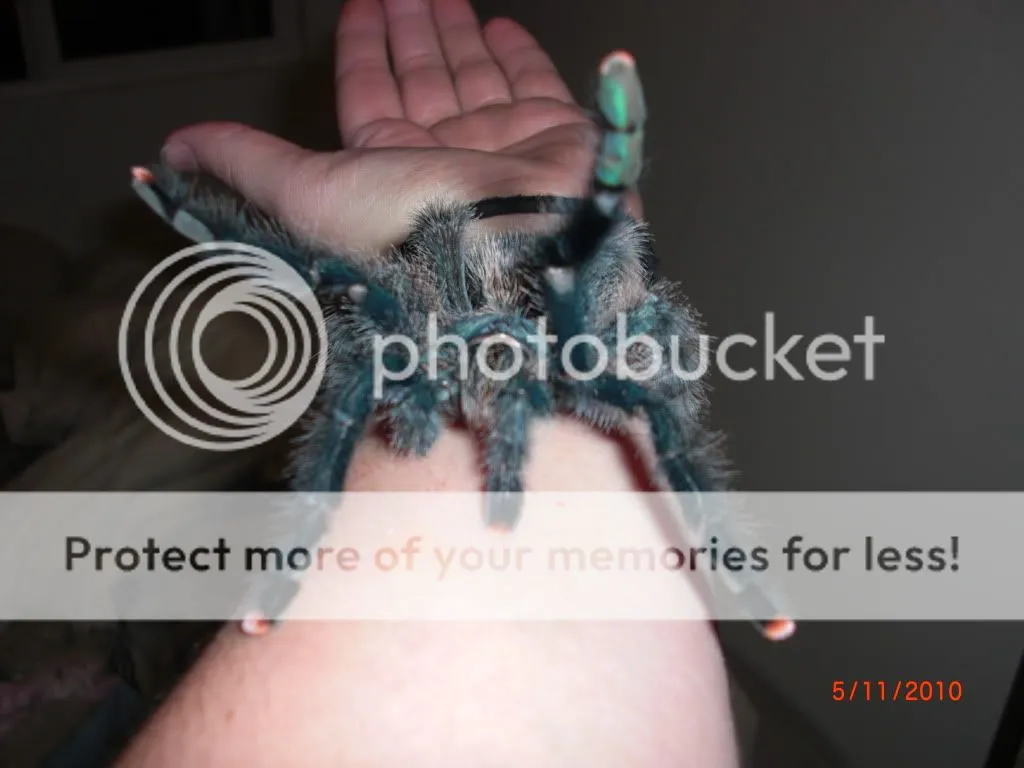
The most important thing you can do is to provide a safe and stable environment. Avoid handling your tarantula or disturbing its enclosure during the pre-molt and molting period. Keep the enclosure in a quiet area, away from loud noises or vibrations. Ensure the enclosure is large enough for the tarantula to molt comfortably and has a suitable substrate. Do not try to assist the tarantula during molting; this can cause serious injury. It’s best to let the tarantula molt on its own, with minimal intervention. Providing a secure and undisturbed space is paramount for the tarantula’s well-being.
Tip 2 Maintain Proper Humidity Levels
Maintaining the correct humidity levels is crucial for a successful molt. Pink toe tarantulas thrive in a moderately humid environment. Use a hygrometer to monitor the humidity levels in the enclosure. You can maintain humidity by misting the enclosure with dechlorinated water, but do not saturate the substrate. Proper humidity helps the tarantula shed its exoskeleton. If the enclosure is too dry, the molt can become difficult or even fail. On the other hand, avoid excess humidity, which can lead to mold and bacterial growth, which is harmful. Keeping an eye on the moisture level ensures a healthy molting experience.
Tip 3 Avoid Disturbing Your Tarantula
During the molting process, it’s crucial to avoid any disturbance to your pink toe tarantula. This includes refraining from handling the tarantula, cleaning the enclosure, or moving the enclosure. Disturbing the tarantula during this vulnerable time can cause stress and potentially lead to a failed molt. Also, limit any bright lights, loud noises, or vibrations near the enclosure. Observe your tarantula from a distance, allowing it to molt undisturbed. Creating a peaceful atmosphere and leaving your tarantula alone are critical to a healthy molting cycle.
Tip 4 Do Not Feed Your Tarantula
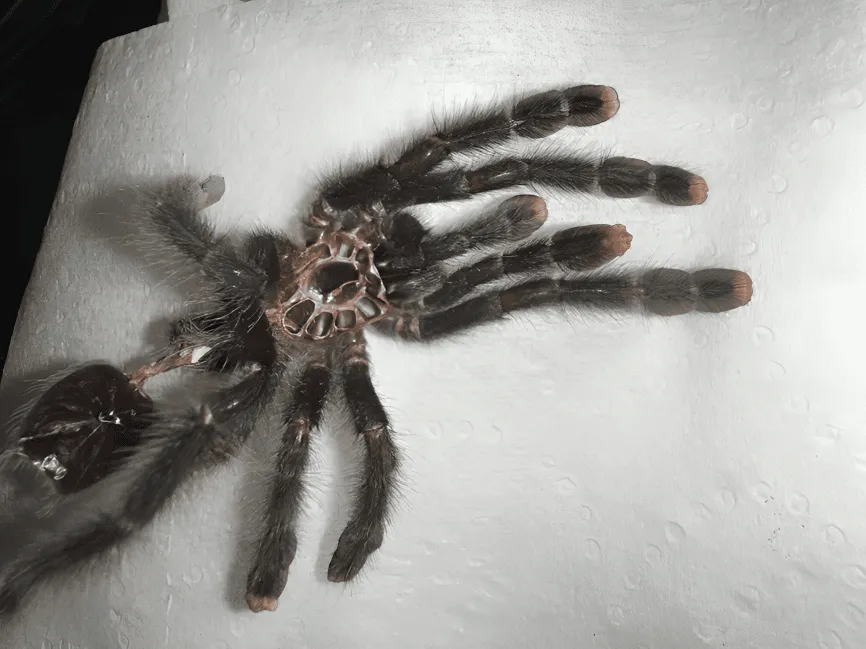
During the pre-molt and molting stages, it’s vital not to feed your pink toe tarantula. The tarantula will typically lose its appetite before molting, and trying to feed it can cause stress. If the tarantula is in the process of molting, feeding it could be extremely dangerous. The tarantula is unable to defend itself and is in a very vulnerable state. Food items could pose a danger to the tarantula. Wait until the tarantula has fully molted and its new exoskeleton has hardened before offering food. Refraining from feeding during this period ensures the tarantula’s safety and allows it to focus on the molting process.
Tip 5 Offer Fresh Water
While not eating, pink toe tarantulas still need access to fresh water. Ensure there is a shallow water dish available in the enclosure at all times. It’s important to replace the water regularly to prevent contamination. Fresh water helps keep the tarantula hydrated and can assist with the molting process. Even though the tarantula might not drink much during the molt, having clean water available is essential for its overall health. Proper hydration is crucial for recovery and supports the tarantula’s well-being after molting.
Post-Molt Care for Your Pink Toe Tarantula
After molting, your pink toe tarantula will be in a delicate state, requiring specific care to aid its recovery and ensure its well-being. The new exoskeleton will take some time to harden, and the tarantula will be particularly vulnerable. Following these guidelines after the molt will support the health and development of your tarantula. Patience and attention to the needs of the tarantula will promote its recovery and ensure its continued health.
What to Expect After Molting
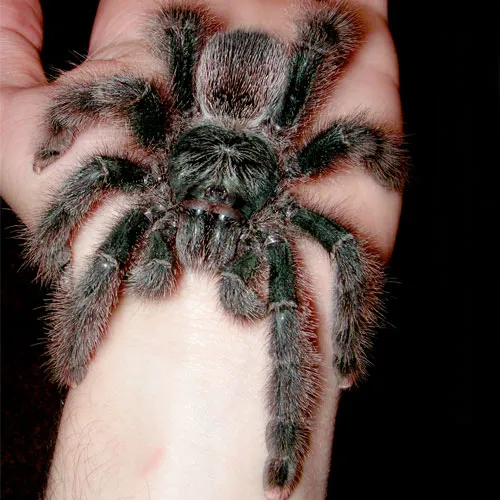
After molting, your pink toe tarantula will appear fresh, with a new, vibrant exoskeleton. It will take a few days or even a week for the new exoskeleton to fully harden, during which time the tarantula will be especially fragile. It’s common to see the tarantula’s colors become more vibrant, as the new exoskeleton is free from any wear and tear. You may also notice an increase in the tarantula’s appetite. The tarantula may seem larger. In addition to this, some tarantulas will move around a bit and explore their enclosure, as they are feeling more comfortable.
Feeding Your Tarantula After Molting
Once the exoskeleton has fully hardened, you can start feeding your pink toe tarantula. It’s advisable to wait at least a week after the molt to allow the exoskeleton to harden completely. Offer the tarantula appropriately sized prey, such as crickets, roaches, or mealworms. Start with a small amount of food to ensure the tarantula can eat and digest it properly. Monitor the tarantula’s eating habits, as its appetite might increase significantly after molting. Make sure to provide fresh water at all times. A balanced and nutritious diet will help your tarantula recover and support its growth.
Potential Problems During Molting
While most molts are successful, some problems can arise. Knowing what to look for and how to respond is important. These issues can be life-threatening for the tarantula. Being aware of these potential difficulties can help you provide the right support for your pet, so they can recover and thrive. The most common issues are a stuck molt and limb loss. Prompt intervention and attention to these problems are critical to keeping your tarantula healthy.
Stuck Molt
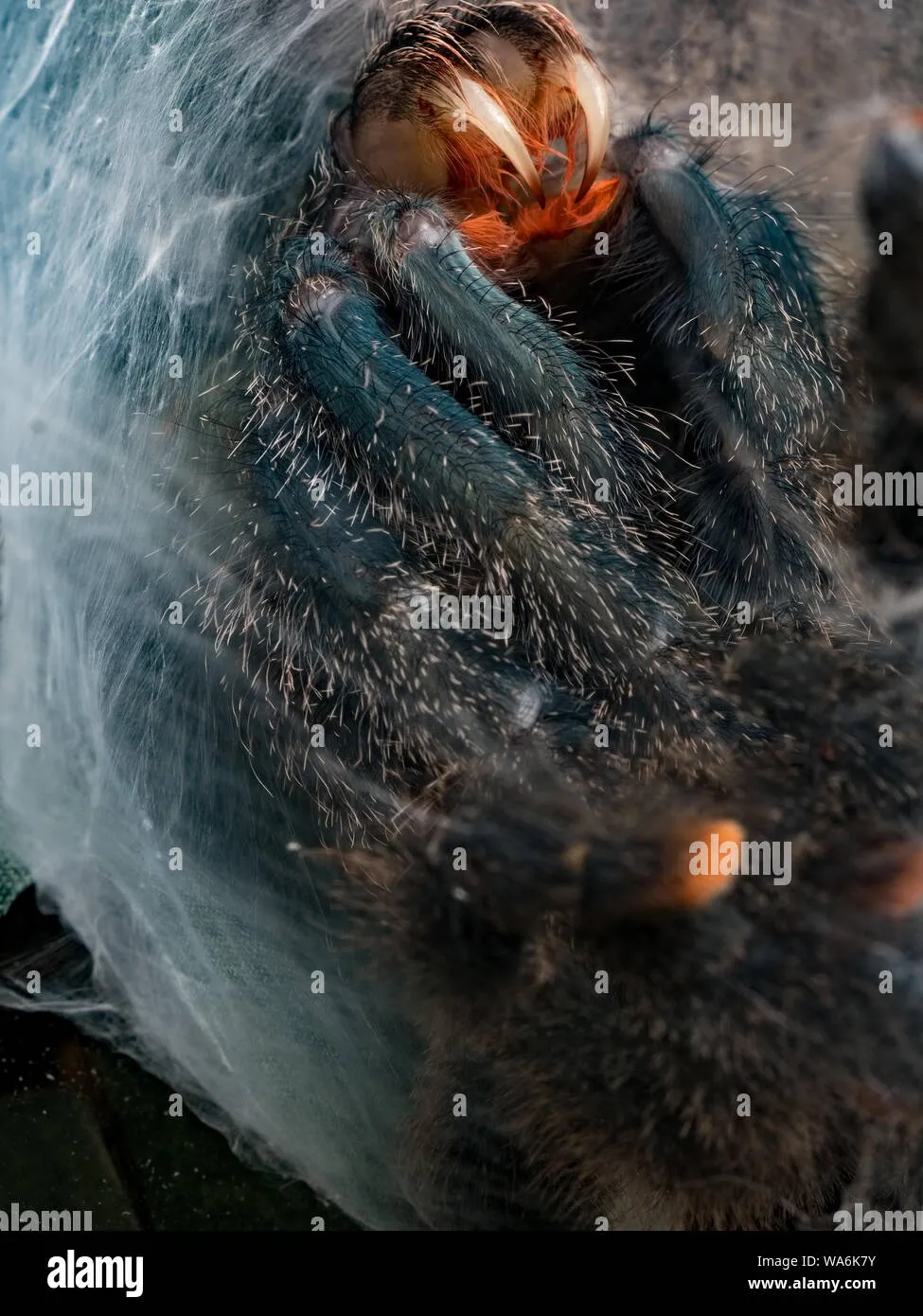
A stuck molt occurs when the tarantula cannot completely shed its old exoskeleton. This can happen if the humidity is too low, making the old exoskeleton too dry and difficult to shed. This also can be a result of environmental stress or health problems. If you notice that the tarantula has been struggling to molt for an extended period, you can gently try to increase the humidity in the enclosure. However, avoid pulling the old exoskeleton, as it can harm the tarantula. You should consult with a veterinarian or an experienced tarantula keeper for help. A stuck molt is a serious condition that requires immediate attention.
Limb Loss
During molting, it’s possible for a tarantula to lose a limb. This can occur if a limb gets stuck in the old exoskeleton or if it’s damaged during the molting process. While limb loss can be alarming, tarantulas can regenerate lost limbs over subsequent molts. Ensure the tarantula’s environment is safe and stable, and provide proper nutrition to support the regeneration process. The new limb will be smaller than the other limbs. Monitor the tarantula’s behavior and provide a comfortable habitat during its recovery. The tarantula will regain its limb over a few molts, gradually increasing in size.
